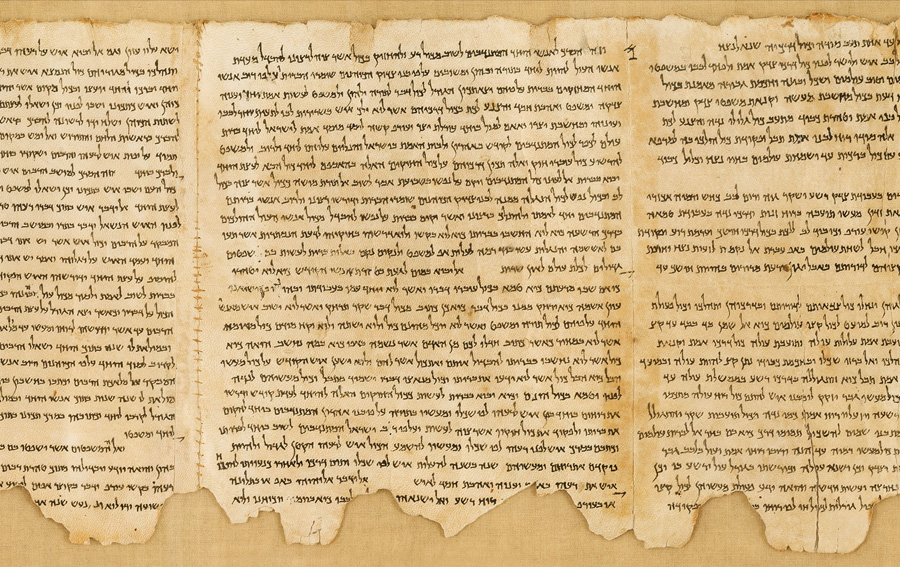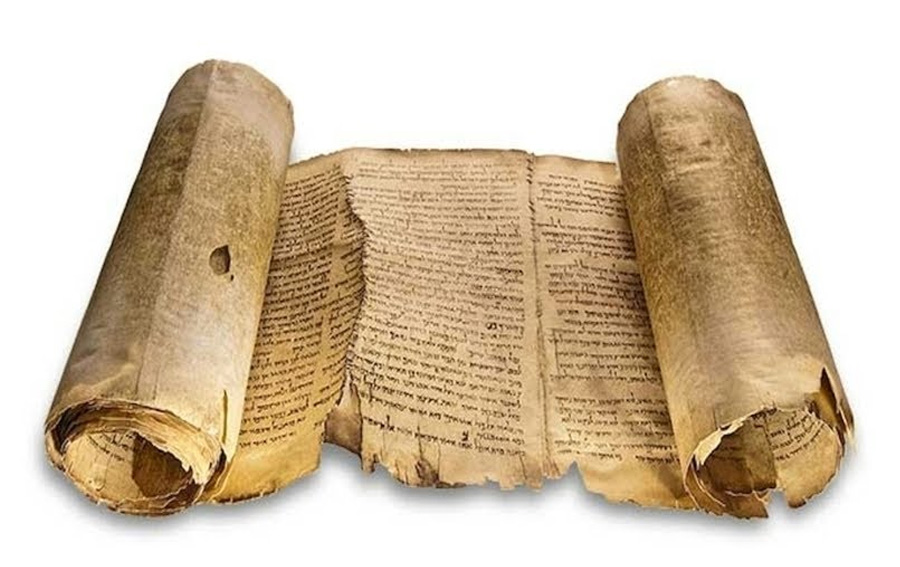
Merlin, the magician advisor and sponsor of King Arthur, left us many, often contradictory, tales of his exploits. Now a rediscovered medieval manuscript is adding still further to the mystery and offering an alternative to the version familiar to most students of Arthurian lore. The fragmented handwritten parchment pages found in the bindings of much later books in a Bristol, England library were part of the early 13th-century Vulgate Cycle that inspired Le Morte d’Arthur, Sir Thomas Malory’s 15th-century Lancelot-Grail romance. The fragments have been dated to 1250-1275. (See: The Bristol Merlin: Revealing the Secrets of a Medieval Fragment, Benjamin Pohl, Laura Chuhan Campbell, Leah Tether, and Michael Richardson, 2021).
Merlin, in the newly discovered pages, seems to be a little more chaste in his relations with the temptress Vivian—also known as the ‘Lady of the Lake’—than in later popular versions, suggesting to some that the later versions may have been intentionally heated up to sell more books.
The role of Merlin in the Grail romances has long been ambiguous, but the argument that he was just a romantic fantasy seems implausible. Indeed archaeology hints of possible involvement in an ancient Druid priesthood that may have been responsible for much of the megalithic stone architecture of Britain, including Stonehenge. In August, 2021, a mysterious stone tomb in rural Herefordshire—known as Arthur’s Stone because of its links to King Arthur—has been dated to almost 6,000 years ago and is seen as as part of an elaborate neolithic “ceremonial landscape” across the whole area. The site being excavated consists of nine upright, or “standing,” stones supporting an immense “capstone” weighing more than 25 tons.
Welsh history alludes to a very ancient and enigmatic sect of Druids, possibly the first wave of magician priests in the British Isles, even predating the Celtic Druids by hundreds or even thousands of years. Historical Welsh documents and rhythmic poems regularly recited by Welsh Bards, mention an obscure Druid sect known as the Pheryllt, a name denoting “metallurgists” and “alchemists.”
In 2016, a stone turned up which archaeologists believe may link King Arthur with his legendary birthplace Tintagel Castle. In the ruins on the Cornwall coast, walls a meter thick with hundreds of glass fragments from medieval France along with Roman and Phoenician pottery have been unearthed. Smaller buildings can also be found within the walls. This means whoever lived there was very wealthy. One slate found on the site in 1998 was engraved with the word “Artognou,” Latin for the English name Arthur.
The stories of Arthur’s life, many scholars think, including his involvement with Merlin, are based on actual events, though they probably occurred during the iron age, six centuries before twelfth-century Welsh cleric Geoffrey of Monmouth wrote Historia Regum Britanniae (History of the Kings of Britain), the first detailed account of Arthur’s life. By 1136, after the site had already fallen into ruin, Geoffrey wrote that Arthur, with the help of Merlin, was conceived in the Tintagel fortress.
According to legend, Merlin disguised Arthur’s father to allow him to enter Tintagel and seduce a duke’s young wife, Arthur’s mother. In another story, Arthur was found by Merlin washed ashore in a cave below the castle. Archaeologists think the research could fill in some gaps in Tintagel history, but true believers hope it will finally prove what they have known in their hearts all along, the reality of Arthur, Merlin, and all that they implied.




















